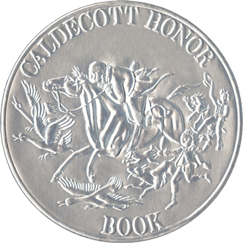aldecott Medal
Â
Â
Â

















Â










Â
Â

















